
eCommerce Pricing Strategies: The Ultimate List
The key to success in the eCommerce business is the right price. Prices are going up and down constantly, and how it’s set will determine your position on the market. The right price is the one that drives the most customers and ensures your profitability and protects your market position, so pay attention to the eCommerce pricing strategies!
Depending on your desired position in the market, there are different eCommerce pricing strategies that you can implement. You can choose a different one for each product category or use the same one for all of them, but what you need to keep in mind is that the market is alive and you will need to stay alert of all the changes and make necessary adjustments to your strategy if something isn’t selling well.
Free 14-day trial!
Start your Price2Spy trial now, and see how it can ease the process of implementing your pricing strategy.
Try for freeOf course, there is always an option to use a price monitoring tool such as Price2Spy. But, let’s start from the beginning and go over the most popular eCommerce pricing strategies. No price monitoring tool can help you if you don’t know your final goal.
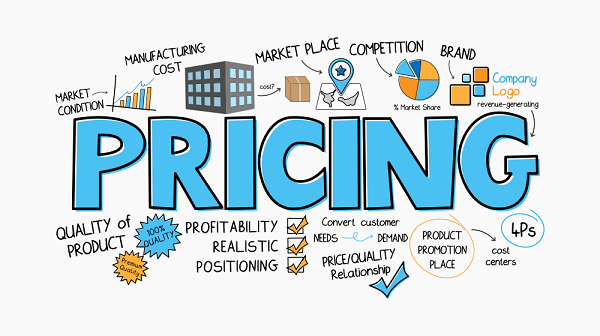
eCommerce Pricing Strategies – Which one is the best choice?
Here, we are going to mention some of the most important eCommerce pricing strategies. Let’s see the list:
- Cost Plus Pricing Strategy
- Value-Based Pricing
- Penetration Pricing
- Bundle Pricing
- Dynamic Pricing
- Prestige Pricing
- Promotional Pricing
- Price Skimming
- Premium Pricing
- Competitive Pricing
- Psychological Pricing
- Geographic Pricing
- Predatory Pricing
- Flexible Pricing
Cost Plus Pricing Strategy
The simplest of all eCommerce pricing strategies is cost plus pricing. The selling product or service price is determined by adding a markup to the production cost or the costs incured while providing services.
Cost plus pricing formula is:
Selling Price = Cost + (Cost x Markup Percentage)
- Cost refers to the total expenses, direct (materials and labor) and indirect (overhead expenses and administrative costs) costs.
- Markup Percentage represents the desired profit margin usually based on the industry standards, market conditions, and business goals.
Simple and transparent eCommerce pricing strategy that ensures cost recovery and desired profitability, however, ignores market dynamics, competitors’ prices, and customer behavior.
Value-Based Pricing Strategy
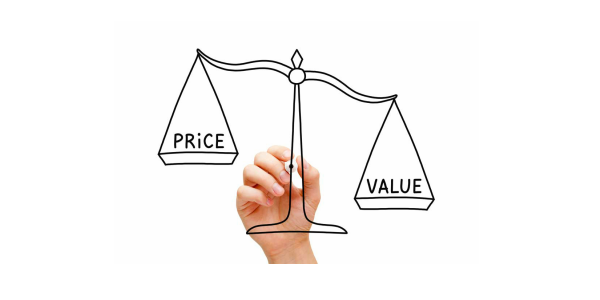
The price is set based on what the manufacturer/seller perceives a consumer is willing to pay for a particular product at a certain time. The price they’re willing to pay can be different during the time.
Out of all the eCommerce pricing strategies, this one is the hardest to implement. Why is that the case? Well, it requires extensive market research and a deep understanding of customer behavior.
Companies that offer unique or highly valuable products can take advantage of this strategy more than companies that sell everyday, regular products. For example, you can’t apply this strategy to bread, but you can to a phone.
Penetration Pricing
One of the eCommerce pricing strategies that is meant for new products is penetration pricing. The main thing is that your online store wants to present a product to customers and attract them.
And how are you going to do that?
Well, you can offer the product at a lower price in the beginning. The lower price will make customers aware of the product, and they’ll start buying it. After the initial time, the price of the product will go up.
The logic is that the people will stay because they like the product, and don’t want to change it for another type/brand.
Bundle Pricing

This is one of the eCommerce pricing strategies that you must have seen. A bundle pricing strategy is about selling more and combining an unpopular or new product with a popular one.
There are two basic types of bundle pricing strategies:
- Pure bundling – this means that the products are exclusively sold together – so you cannot buy some of them separately.
- Mixed bundling – means that customers can pick which products the bundle is going to consist of. The best example of this strategy is BOGOF deals like “Buy one, get one free”. This strategy isn’t only popular in selling goods, but in selling services as well.
Dynamic Pricing
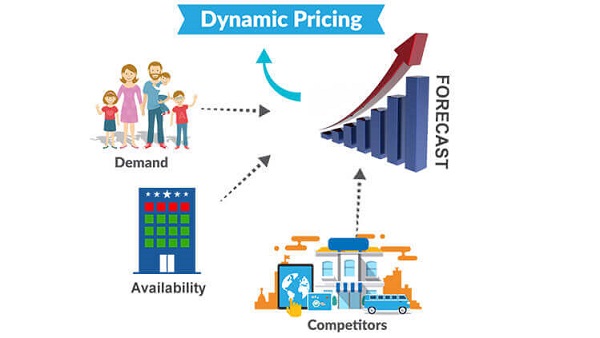
One of the most popular eCommerce pricing strategies nowadays is dynamic pricing.
Dynamic pricing offers the same price for everybody and that price is always changing due to different market conditions. Three factors that you have to take into consideration when pricing the products are:
- supply
- demand
- competitor’s behavior
Types of dynamic pricing strategies:
- Segmented pricing
- Time-based pricing
- Changing market conditions
- Peak pricing
As we said, this strategy is very common – but it works better for some industries than for others. The best example is the airfare industry. Almost every company in the industry mentioned is using dynamic pricing – charging more to business travelers who are not flexible with the travel dates and often have to buy tickets at the last moment.
Prestige Pricing
The tactic with prestige pricing is setting the price at the highest level, to create an impression of the highest quality. Since this strategy is closely related to the brand perception you want to create, it is also referred to as image pricing. The logic behind this strategy is to appeal to people’s emotions and their willingness to own something special and prestigious. When you are buying a product with a prestige price tag, you are not only paying for the product itself, you are paying for the fact that you are financially capable of owning something expensive or very limited. The product becomes a sort of status symbol.
Most of the successful examples are coming from the fashion, automotive, airline, and tech industries. One of the most obvious examples is probably Hermes, which is keeping the price point very high for their products. They mastered the prestige pricing so well and set their brand so high on the level of luxury that even some other prestige brands team up with them to make their products more prestigious. We are talking about Apple, which is also known for its prestige pricing strategies, but they still joined forces with Hermes, to create an even more high-end product version – AirTag Hermes.
Promotional Pricing
Promotional pricing is a popular pricing method businesses implement when aiming for a quick sales boost by temporary price reduction.
However, for successful implementation of this pricing strategy, it’s not crucial to drug down the prices, but to create a sense of urgency. Some of the techniques to consider:
- Buy one get one (BOGO)
- Percentage discounts
- Coupons
- Loyalty programs
- Seasonal discounts
Price Skimming
Unlike the prestige or premium pricing, company implements price skimming to set high initial prices and then start lowering them over time. It got its name because companies are “skimming” customer segments by lowering the price. The price is high at the beginning when the product is new and lonely on the market, so the company is appealing to the early adopters who are not price-sensitive. This allows companies to make up for the production cost faster, and then, they start lowering the price to reach other, more price-sensitive customers.
Price skimming is commonly used in the tech industry, so it is easy to find some examples there. Apple is one of the most famous companies to use this strategy regularly. When they introduce a new smartphone, with some new and some improved features, the phone has a relatively high price. After that, they start lowering the price gradually until the next-generation smartphone is launched, when it takes over the “most expensive” position, while the previous version starts to look like a more reasonable deal for the price-sensitive customers who are not that interested in having the most recent, cutting edge technology.
Premium Pricing
Believe it or not, not all customers are looking for the cheapest price. For some of them, price is a synonym for quality. Therefore, trying to win them over by using lower prices won’t be extremely helpful. That brings us to the premium pricing strategy.
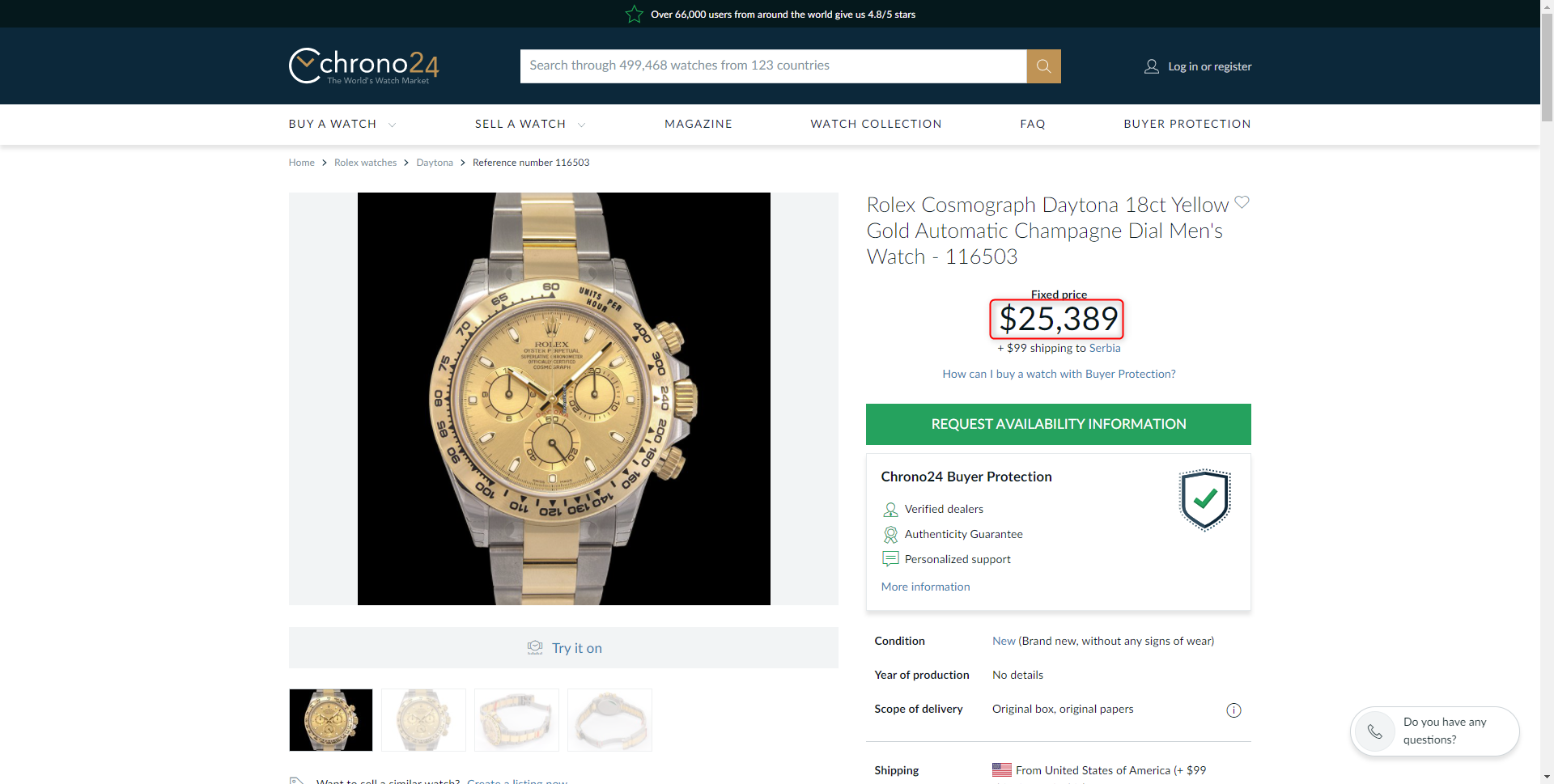
Unlike other eCommerce pricing strategies, premium pricing works differently – a business is supposed to set a higher price and stick to it! Everyone knows how luxury brands create their image around a high price. The idea of having something exclusive is what sells the brand.
Of course, not every business is suitable for using premium pricing. To use it successfully, some supporting factors need to be present – the company’s reputation, customer loyalty, and knowing your USP (unique selling point).
If you, however, want to offer your product to a mass market, then it would be smarter to keep looking for other pricing strategies.
Competitive Pricing
Competition-based pricing, as its name suggests, is a pricing strategy where you consider the prices of your competitors in the process of setting your product’s prices. This method is used for homogeneous products in highly competitive markets and is also referred to as market-oriented pricing. There are 3 possible options for conducting this tactic: you can go above the price of your competitors, you can follow the price, trying to keep in line with it, or you can go below the competition’s price.
A well-known example is the story behind Samsung’s and Apple’s competitive pricing. Being the two most successful smartphone brands, it is expected for them to look at each other while making their pricing decisions. And this is exactly what happens. Usually, Samsung follows Apple when announcing its flagship products, which allows them to play around with the prices. What they usually do, is that they set a slightly lower price for most of the products, making their offer a better value for money deal. However, on some occasions, their most premium model is set to have a higher price than Apple, to make it look more prestigious which could be considered prestige pricing as well.
Psychological pricing
Using psychological rules in the process of setting the product price is called psychological pricing. So, this is not a pricing strategy on its own, but rather a wider term used to describe any pricing tactic designed to use people’s minds to increase sales. The goal of any strategy of this kind should be to make people decide by emotions instead of rational thinking.
One of the most famous psychological pricing techniques is so-called charm pricing, odd-even pricing, or simply nine-ending pricing. The idea is to make the price look considerably smaller since the customers read the price usually from left to right, so the first or the first two digits stay in their mind, while they tend to oversee the digits after the “.” This makes room for retailers to set the price at 19.99 instead of 20 since our minds will tell us that the first option is cheaper than the second one.
Geographic pricing
Another factor that needs to be considered when setting a pricing strategy is the geographical location. It’s so important that it has turned into a whole new separate strategy – geographic pricing. Nowadays, even the smallest brands can have customers from different countries. That implies more effort being invested into pricing decisions.
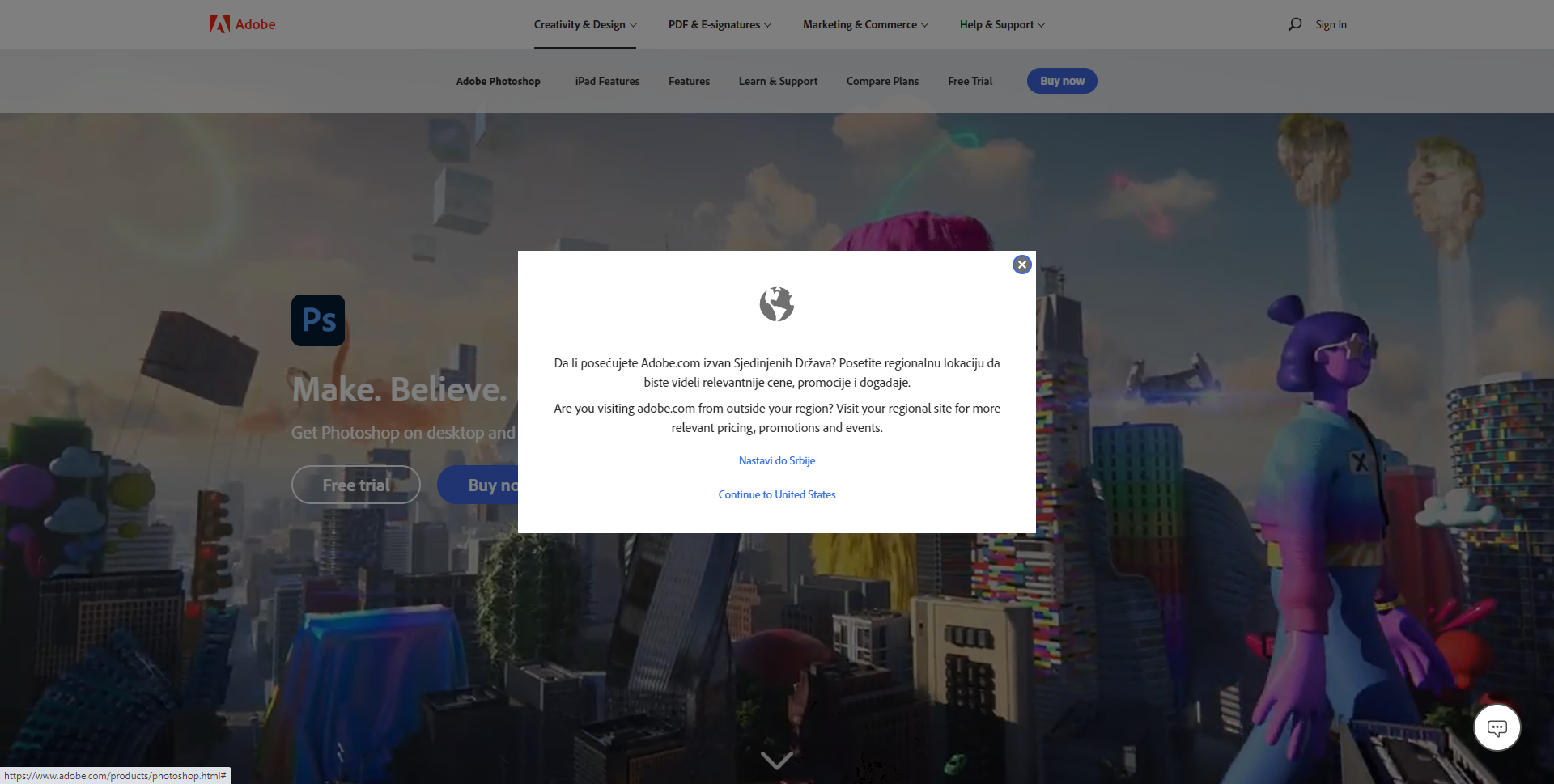
Different locations mean different languages, currencies, and shipping fees. When ordering something from another country, transparency is the key. In case your business wants help from a price monitoring tool, things can get a bit complicated. Price monitoring websites with different currencies and languages is not an easy task, therefore, in case you want to use geographic pricing, you should also carefully choose the price monitoring tool.
Predatory pricing
No one likes or wants competition. But, since it’s inevitable to have it, everyone is trying their best to fight back. You know how they say that everything is allowed in love and war, but that’s not the case here. Why? Well, not all pricing strategies are legal. One of those illegal ones is predatory pricing.
Predatory pricing is an illegal practice of setting the prices so low that all the competition gets eliminated. As a result, markets become more open to monopolies. This pricing strategy is mostly done by a dominant company in the industry.
Flexible Pricing
When practicing flexible pricing, a final price is negotiable. Sellers and consumers can discuss prices in their own favor, to increase or decrease them from the set price. Flexible pricing strategy is commonly used in tailor-made industries and highly competitive markets such as auto and construction industries.
It also allows retailers to set different product price depending on the customer and geographical locations. Strategy can be implemented concerning:
- Market
- Product
- Timing
- Technology
Companies that implement flexible pricing should be cautious about their online reputation and brand image. Charging every person differently for the same product could cause clients dissatisfaction.
It’s your call
Choosing among eCommerce pricing strategies is hard. You need to consider many factors, such as costs, the purchasing power of customers, industry, etc. It’s a trial-and-error process. Some succeed the first time, some don’t. The important thing is to keep an eye on the market and adjust pricing strategy.
To make this process easier, you can start our free trial to define an ideal pricing strategy for your business, monitor market and competition prices and reprice if needed.



